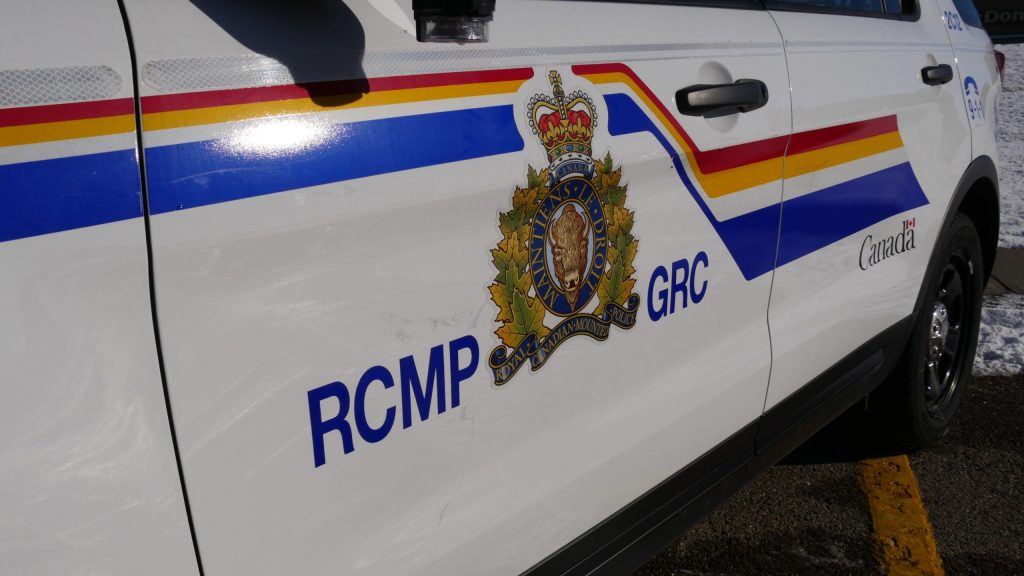Calgary sees 3,324 code reds last year, paramedics sound alarm
Posted Aug 5, 2021 11:20 am.
Last Updated Aug 5, 2021 9:06 pm.
CALGARY – As paramedics and frontline health care workers sound the alarm over emergency resources available, we’re getting an in-depth look at the numbers.
660 NEWS has obtained a freedom of information (FOIP) request that was submitted by a paramedic who was concerned over the state of EMS in Alberta.
In 2020, Calgary had 3,324 red alerts and 36,570 orange alerts.
A red alert means there are no ambulances available to take calls, while orange means only one to three units are available.
Another FOIP shows in 2020 #Airdrie paramedics were sent out to more calls in Calgary & other areas than responding to emergencies in Airdrie. In 2014, about 35% of their calls were outside Airdrie. In 2020 it rose to 53%, and so far in 2021 (YTD) it's 61%. #Calgary #yyc — FOIP: pic.twitter.com/r7PKrYO31a
— Saif Kaisar (@StaySaif) August 5, 2021
Considering 366 days in 2020, that amounts to around nine red alerts and 100 orange alerts each day.
“When we’re talking about that red alert that means by the time Calgary has already used its 40 ambulances and pulled in all of the surrounding resources, it’s still been left with zero [available ambulances], sometimes for up to 23 minutes at a time,” paramedic Ryan Middleton explained.
The union which represents Alberta’s paramedics first raised concerns about a month ago, calling attention to a shortage of ambulances in the province.
Michael Parker, president of the Health Sciences Association of Alberta, said paramedics were running on a system that has been struggling for years.
“What we’re seeing is a system that was already running on the edge of failure, running ‘Code Red’ every single day are now going to a forced overtime system, a forced model where anybody who is left standing is left picking it up and trying to keep this system together,” Parker said in a previous interview.
RELATED: ‘Code Red’: Paramedics’ union sounds alarms over staff shortages and forced overtime
But Alberta’s health authority is trying to quell concerns, saying the numbers don’t show the whole picture.
“Alberta Health Services monitors ambulance availability in real-time and ensures resources are always available to respond to emergencies. ‘Red Alerts’ or ‘Code Reds’ do not mean AHS EMS is unable to respond to emergencies to provide patient care,” Alberta Health Services told 660 NEWS.
“Code Reds aren’t about a number of incidents; they are a duration and most often last a few seconds to a couple of minutes. Code reds are usually over within seconds or minutes as resources become free or are deployed from other areas with no impact on patient care or ambulance wait times.”
AHS says code reds are used as a system management tool to know where more resources are required, explains everyone who needs care will get it. Full AHS statement attached below. They responded to all my questions which are in bold. #yyc #Calgary pic.twitter.com/TfNLVgi6AP
— Saif Kaisar (@StaySaif) August 5, 2021
AHS explains that code reds are used as a system management tool that lets EMS know when and where additional resources are needed.
The information request also notes the amount of calls Airdrie paramedics responded to outside of their area and the number of times those units were relocated to different regions.
Units from Airdrie were redeployed to Calgary 881 times in 2020 and 474 times in 2021 (year-to-date). Calgary ambulances were only redeployed to Airdrie 353 times in 2020 and 154 times in 2021 (YTD).
“This is an inequitable access to emergency services for Albertans who are all paying an equal amount in taxes to the province with the expectation that an ambulance will be available to them during their absolute worst moments when they call 911 and expect to receive help,” Middleton added.
RELATED: ‘This last year is absolutely infuriating’: Paramedics outline overflowing issues, system stress
He also notes paramedics spent 100,352 hours with patients in hospitals in 2020.
If we consider the average paramedic shift of 12 hours, that means over 8,362 full 12-hour shifts were spent by paramedics waiting with patients in hospitals.
Alberta Health Services says it has been hiring more paramedics and the pandemic has been extremely challenging for many aspects of healthcare, including EMS.
“EMS is continuing to see an unprecedented and historic increase in calls, due to several combined factors including an increase in heat-related calls, and emergency calls related to people returning to pre-pandemic-levels of activity,” AHS continued.
“Provincially, EMS averages about 1,095 911 calls per day. In the last 7 days, EMS call volume is averaging 1,521 calls/day. During the early July heatwave, EMS call volume averaged about 1,700 calls per day. All call types have increased across the board but quality patient care is always our bottom line.”








